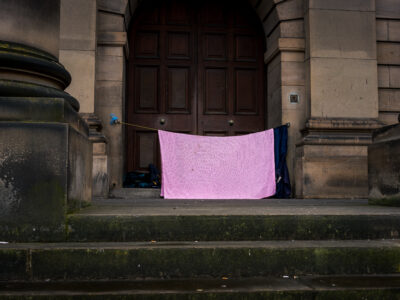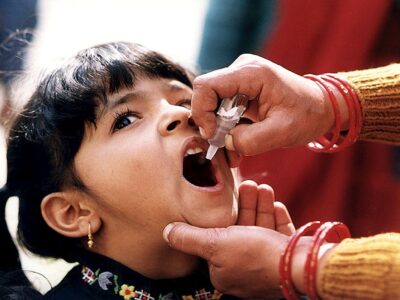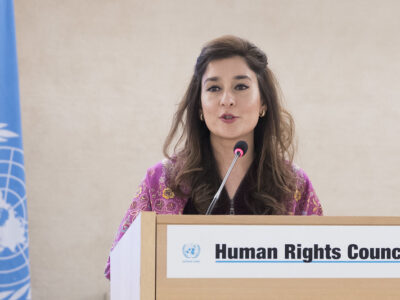Mongolian herders prepare for Naadam festival horse races, but child jockeys pose risks, including injuries and missing school. Convention on the Rights of the Child urges 18-year age limit.
Mongolia’s Naadam festival and child jockeys: placing a child’s life at unnecessary risk or a needed moment of pride for families ?








Comments